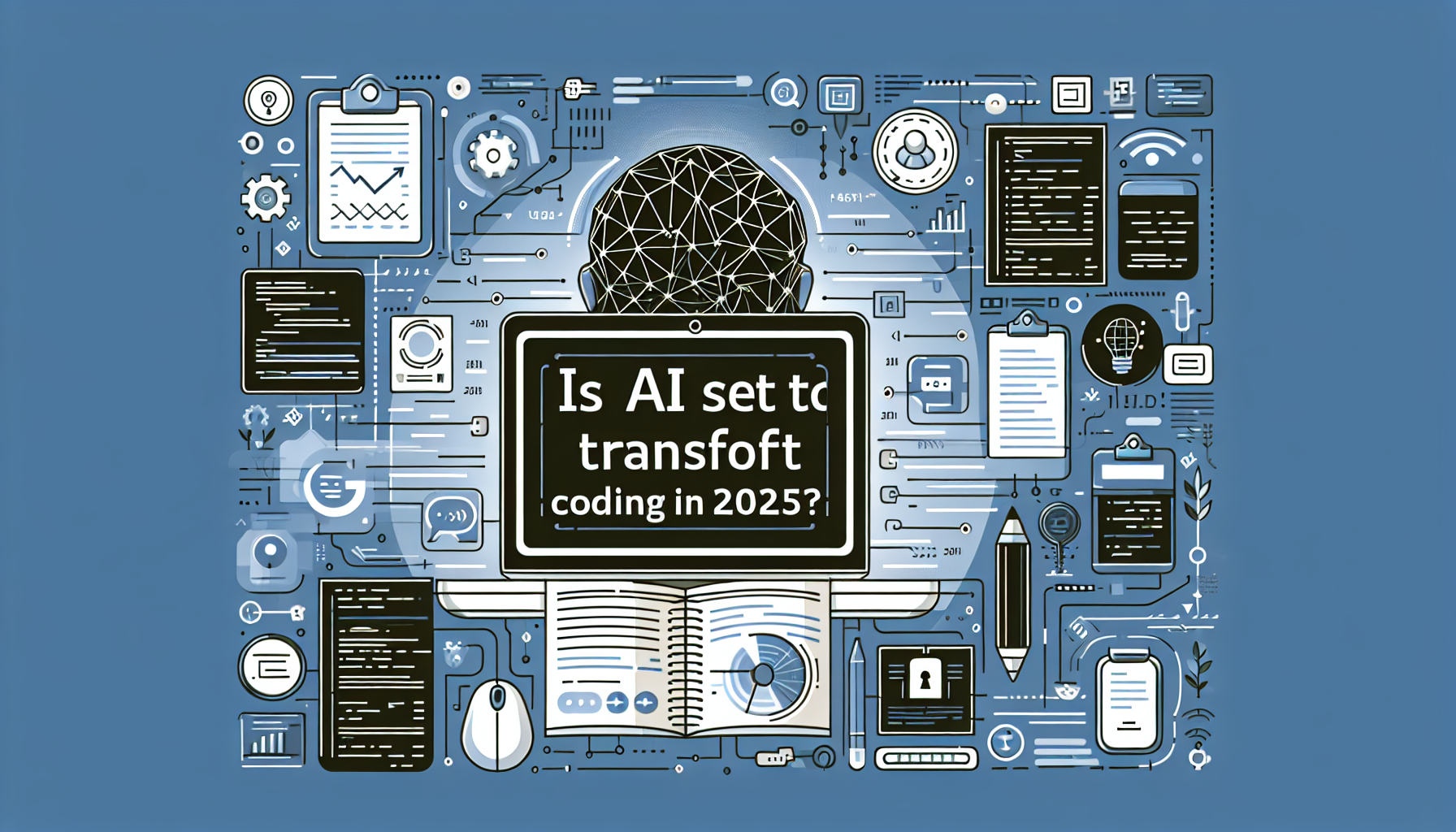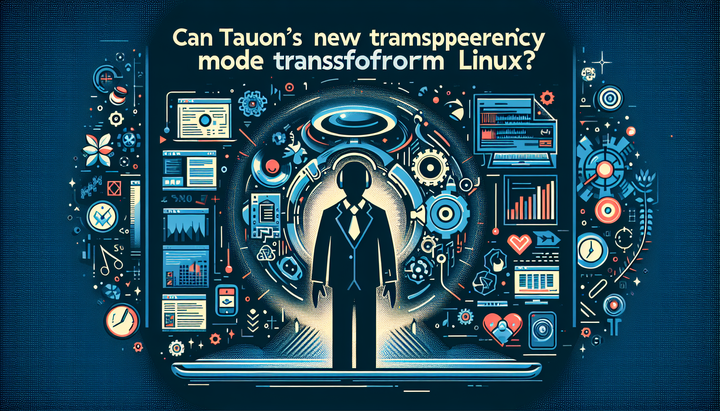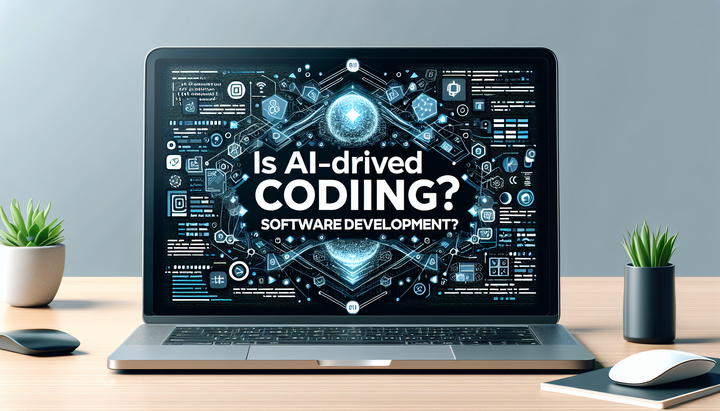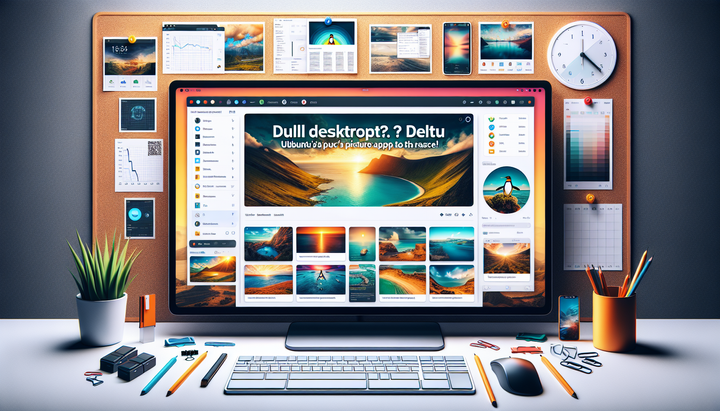Is AI Set to Transform Coding in 2025?

The Rise of AI in Software Development
As we head into 2025, the software development industry is experiencing unprecedented transformation driven primarily by artificial intelligence. Once confined to automating mundane tasks, AI is now emerging as an indispensable tool for coding, debugging, and even architectural design. Developers and tech professionals worldwide are embracing these changes with equal parts enthusiasm and caution. This article explores how AI is set to revolutionize coding, the challenges and opportunities it brings, and the broader trends that are reshaping the industry.
Why AI is Becoming a Game-Changer in Coding
From code completion tools to automated testing and security analysis, AI-driven solutions are enhancing every aspect of the software development process. Here are some key factors that explain why AI is quickly gaining momentum:
- Increased Efficiency: AI tools can significantly reduce development time by automating repetitive tasks and providing real-time coding suggestions.
- Error Reduction: With AI-powered debugging and quality assurance, developers can quickly identify and resolve issues before they escalate into major problems.
- Enhanced Learning Curves: New and experienced programmers alike benefit from smart auto-completion tools and code analysis features, which continuously learn and adapt to improve code quality.
- Innovation in Tooling: AI is enabling the creation of entirely new integrated development environments (IDEs) that are more intuitive and adaptive to the developer’s needs.
Top 5 Programming Languages to Master in 2025
While the rise of AI marks a significant technological leap, it also impacts the popularity and usage of programming languages. In 2025, several languages stand out as must-knows in the evolving tech landscape:
- Python: Beloved for its simplicity and versatility, Python remains at the forefront of AI programming and data science.
- Rust: Known for its performance and safety, Rust is increasingly used in system-level programming and high-performance applications.
- TypeScript: With its powerful type system and growing ecosystem, TypeScript is revolutionizing web application development.
- Go: Efficient and easy to deploy, Golang continues to be popular for cloud-based solutions and distributed systems.
- Kotlin: As the preferred language for Android development and beyond, Kotlin offers modern language features that streamline development.
Emerging Frameworks and Tools for a Future-Ready Development Environment
In addition to updates in programming languages, the tools and frameworks that developers use are evolving rapidly. Some of the emerging frameworks and platforms to watch for include:
- Next-Generation IDEs: Integrated environments powered by machine learning are providing intelligent code assistance, error prediction, and adaptive interfaces that learn from user behavior.
- Modern Web Frameworks: Frameworks like Svelte, Qwik, and Remix are redefining web development by offering improved performance and developer experience over legacy systems.
- Cloud-Native Solutions: With the rise of microservices and serverless computing, frameworks designed specifically for cloud deployment are becoming increasingly vital.
- DevOps Integration Tools: As continuous integration and continuous deployment (CI/CD) become standard, new tools are emerging to streamline testing, security scanning, and code review processes.
The Revolution of Low-Code and No-Code Platforms
Low-code and no-code platforms are dramatically lowering the barrier to entry for software development. These platforms not only democratize the development process but also empower non-developers to contribute to software innovation. Key points about these platforms include:
- Rapid Prototyping: Businesses can quickly test and iterate on ideas without investing heavily in traditional coding resources.
- Cost Efficiency: Smaller organizations and startups can save time and money by using ready-made components, which reduce the need for specialized coding teams.
- Integration with AI: Many low-code/no-code platforms are now being extended with AI capabilities to further streamline development processes and offer personalized user experiences.
Challenges Facing Developers in 2025
Despite the promising advancements, developers are confronting several challenges that stem from this rapid change:
- Security and Compliance: As new technologies emerge, so do new vulnerabilities. Developers must navigate evolving security protocols and comply with stricter global regulations. For instance, recent legislative initiatives—like the UK Cyber Security and Resilience Bill—highlight the increasing pressure on organizations to secure their digital infrastructure.
- Skill Gaps: The swift evolution of programming languages and technologies means that developers must continuously update their skills and adapt to new paradigms, tools, and best practices.
- Integration Complexities: Integrating legacy systems with cutting-edge technologies can be challenging, requiring robust strategies and collaborative efforts from cross-functional teams.
- Balancing Innovation with Reliability: While innovation is crucial, ensuring code reliability and system stability remains a top priority. This often involves balancing the adoption of new technologies with the proven robustness of existing systems.
Expert Insights on the Future of Software Development
Industry leaders and experts alike are weighing in on what the future holds for software development in the face of rapid technological change. Here are some of the key expert opinions:
"The future of coding lies in the seamless integration of AI-driven tools into every aspect of software development, from conception to deployment. Embracing these tools is not just about staying current—it’s about redefining what's possible in technology." – Senior Developer at a leading tech firm
Other experts point to the need for a revolution in training and educational programs to bridge the gap between current skill levels and the demands of tomorrow’s job market. Continuous learning, supported by online courses, coding boot camps, and AI-assisted training modules, will be essential for ensuring that developers can keep pace with emerging trends.
How AI is Reshaping the Coding Process
The impact of AI on the software development process goes well beyond auto-completion and bug fixes. Here are some transformative effects:
- Automated Code Reviews: AI algorithms can now analyze code for potential errors, performance issues, and security vulnerabilities, often outperforming traditional manual reviews in both speed and accuracy.
- Predictive Analytics: Developers leverage AI to predict possible future issues in code and estimate timeframes for project completions based on historical data.
- Enhanced Collaboration: AI-powered platforms are facilitating better collaboration between developers by suggesting optimal code merges, detecting redundancies, and providing real-time feedback.
Integrating New Frameworks and Technologies
The software development toolkit in 2025 is more diverse than ever. Integrating new frameworks and technologies is crucial for staying competitive in today’s landscape. Important factors include:
- Interoperability: New frameworks must work seamlessly with both legacy systems and emerging technologies. Ensuring compatibility minimizes disruptions and maximizes productivity.
- Community Support: Open-source projects and the ecosystems that support them can provide invaluable resources, from plugins and extensions to community-driven troubleshooting advice.
- Scalability: With projects growing in scope and complexity, scalability remains at the forefront of planning. Both cloud-native solutions and microservices architectures are playing pivotal roles.
The Emergence of Cloud-Native Technologies
Cloud-native development is another critical trend that is influencing the future of software development. This approach optimizes applications for cloud environments and offers several advantages:
- Improved Flexibility: Cloud-native applications can scale effortlessly with demand, ensuring consistent performance under variable loads.
- Enhanced Security: With built-in security features and continuous monitoring, cloud-native approaches help mitigate the risks of cyber attacks.
- Accelerated Deployment: Continuous integration/continuous deployment (CI/CD) pipelines streamline updates and facilitate rapid feature rollouts, keeping businesses agile and competitive.
Preparing for a Future of Constant Change
The pace of innovation in software development is relentless. To succeed in this evolving landscape, organizations and developers must focus on the following strategies:
- Continuous Learning: Embrace lifelong learning through online courses, certifications, and peer-to-peer knowledge exchanges. Staying updated with the latest industry trends will be a critical component in remaining competitive.
- Collaboration Across Disciplines: The integration of AI and new frameworks calls for a multidisciplinary approach. Developers, data scientists, UX designers, and cybersecurity experts must work together to leverage emerging tools most effectively.
- Adaptability: With regulations and technologies evolving at breakneck speeds, adaptability is key. Organizations need to remain agile and responsive to market shifts while continuously refining their development processes.
Case Studies and Real-World Applications
Across the global tech landscape, numerous companies have already begun to harness AI and modern development tools to drive innovation. Consider the following examples:
- Tech Giant A: Integrated AI-driven code review platforms that reduced bug rates by over 40%, demonstrating significant efficiency gains in their software releases.
- Startup B: Leveraged low-code/no-code platforms to rapidly prototype a mobile application, cutting development costs and time-to-market drastically.
- Enterprise C: Adopted a cloud-native architecture that not only improved scalability but also enhanced overall security posture against emerging cyber threats.
Future Possibilities and Concluding Thoughts
The convergence of AI, emerging frameworks, and new development methodologies represents a turning point for the tech industry. As coding becomes more intelligent and processes more automated, the human role will shift towards creativity, strategic planning, and innovation. The journey ahead may be challenging, but it also promises exciting opportunities for those ready to embrace change.
In summary, 2025 promises to be a landmark year for software development. By understanding and integrating these emerging trends, developers can prepare themselves for the challenges of tomorrow and even turn these challenges into competitive advantages. Whether it’s mastering the languages of the future, adopting low-code strategies, or leveraging AI for faster, smarter coding, proactive adaptation will be the key to long-term success in an ever-evolving digital landscape.
As the industry continues to evolve, staying informed through expert insights, community engagement, and continuous learning will not only future-proof careers but also drive the broader technology revolution. The fusion of safety, innovation, and automation presents a brave new frontier in software development – one where human ingenuity is amplified by the power of intelligent machines.
Developers, tech enthusiasts, and industry leaders should keep an eye on these advancements and regularly evaluate their strategies to leverage new opportunities. With a balanced approach that values both technological innovation and sound security practices, the future of coding looks not only resilient but also exhilarating.
By investing in advanced AI tools, embracing the latest frameworks, and fostering a culture of continuous improvement, organizations and individuals alike can thrive in the dynamic world of software development. As we look ahead, the collaboration between human creativity and machine intelligence is set to chart a transformative course for the entire industry.



Comments ()